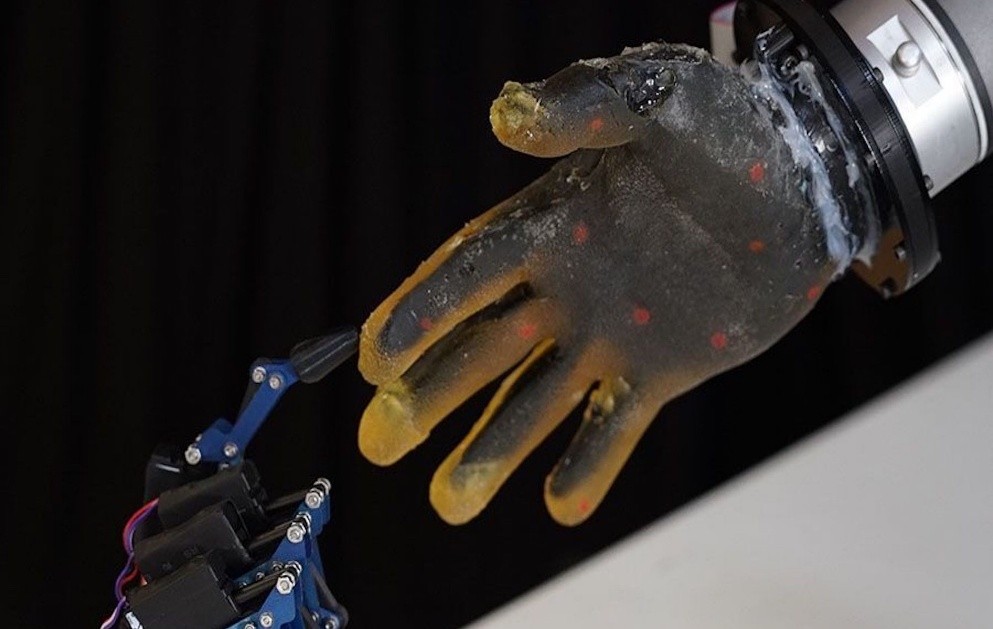MIT Accelerates Photosynthesis – Implications for Global Food Supply and Climate Change
MIT scientists have successfully reengineered rubisco—the key enzyme that initiates photosynthesis but is notoriously slow—using a technique called continuous directed evolution. This approach improved the enzyme's efficiency by up to 25% and reduced its sensitivity to oxygen interference. The enhanced rubisco could lead to faster-growing, more efficient crops, potentially transforming global agriculture and boosting food production.

Figure 1. MIT Boosts Photosynthesis by Evolving Faster Rubisco
Enhancing Rubisco Efficiency Through Directed Evolution
Rubisco, the enzyme responsible for capturing carbon dioxide during photosynthesis, plays a vital role in sugar production but is notably inefficient—despite being the most abundant enzyme on Earth. MIT chemists have now significantly improved the performance of a bacterial form of rubisco, sourced from a low-oxygen environment, by applying directed evolution. Through targeted mutations, they enhanced the enzyme’s catalytic efficiency by up to 25%. Figure 1 shows MIT Boosts Photosynthesis by Evolving Faster Rubisco.
The team now aims to adapt this method to plant-based rubisco, with the goal of increasing photosynthetic rates and ultimately boosting crop yields. “This is a compelling example of successfully improving rubisco’s enzymatic function and offers great promise for engineering other versions,” said Matthew Shoulders, MIT Professor of Chemistry and senior co-author of the study, along with research scientist Robert Wilson. The study, led by graduate student Julie McDonald, appears in the Proceedings of the National Academy of Sciences.
Engineering Enzymes for Enhanced Efficiency
In photosynthesis, plants and photosynthetic bacteria first convert sunlight into energy-rich molecules like ATP. This energy is then used to convert ribulose bisphosphate into glucose through a series of reactions. The enzyme rubisco catalyzes the initial step—carboxylation—by adding carbon from CO₂ to ribulose bisphosphate.
However, rubisco is much slower than other photosynthetic enzymes, catalyzing only one to ten reactions per second. It also tends to react with oxygen instead of carbon, triggering a wasteful process that reduces photosynthetic efficiency.
“These limitations make rubisco an appealing target for protein engineering,” says MIT graduate student Julie McDonald. Efforts to improve rubisco have previously focused on enhancing its stability and solubility, yielding modest efficiency gains. Most of these improvements were achieved through directed evolution—a method that introduces random mutations into a protein and selects for variants with improved performance.
An Improved Approach to Mutating and Screening Enzymes
Traditionally, rubisco engineering has relied on error-prone PCR, a method that introduces a small number of mutations in vitro—typically one or two per gene [1]. These mutated genes are then inserted into bacteria, where growth rate reflects rubisco activity. However, this approach is limited by the low efficiency of gene insertion and the labor-intensive nature of repeated mutagenesis and selection, making it slow and less comprehensive.
To overcome these challenges, the MIT team used a more advanced method developed by the Shoulders Lab called MutaT7. Unlike traditional methods, MutaT7 enables both mutagenesis and screening to occur directly inside living cells, significantly accelerating the process. It also allows for a much higher mutation rate, vastly expanding the range of genetic variants that can be explored.
“Our continuous directed evolution technique lets us examine many more mutations in rubisco than previous approaches,” explains graduate student Julie McDonald.
Reference:
- https://scitechdaily.com/mit-gave-photosynthesis-a-speed-boost-heres-what-that-could-mean-for-food-and-climate/
Cite this article:
Janani R (2025), MIT Accelerates Photosynthesis – Implications for Global Food Supply and Climate Change, AnaTechMaz, pp.351















